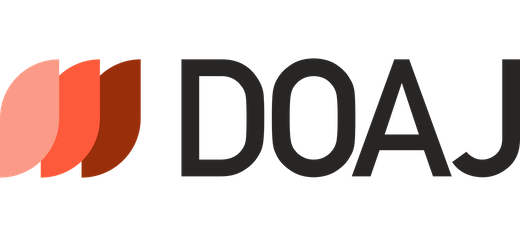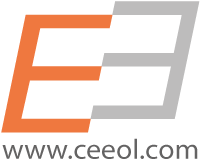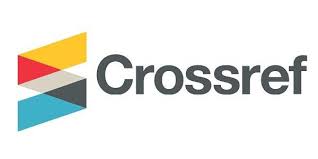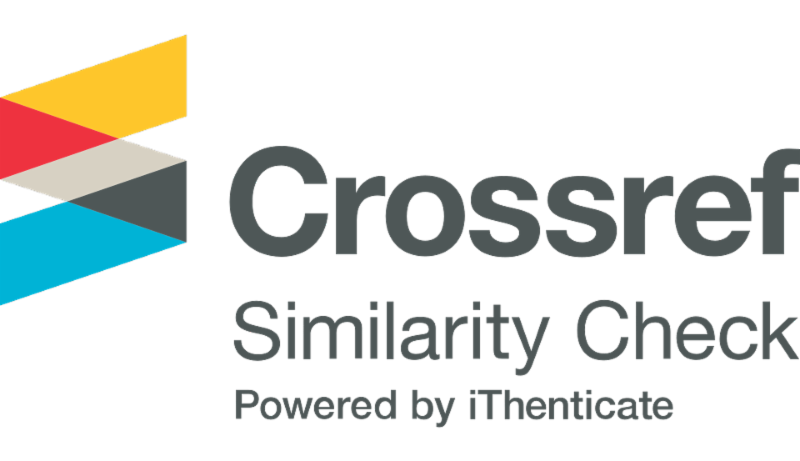
More articles from Volume 1, Issue 2, 2019
THE EFFECTS OF MODIFIED CLAY ON CONTROLLED DRUG RELEASE SYSTEMS
POLYMERIC SCAFFOLDS FOR TISSUE ENGINEERING APPLICATIONS
POLYMER CONCRETE MIXTURES – APPLICATION IN ENGINEERING INDUSTRY
INTERCONNECTION OF MATERIALS SCIENCE, 3D PRINTING AND MATHEMATIC IN INTERDISCIPLINARY EDUCATION
THE INNOVATIVE APPROACH TO INTELLIGENT HELPDESK SYSTEMS DEVELOPMENT
Article views
THE INNOVATIVE APPROACH TO INTELLIGENT HELPDESK SYSTEMS DEVELOPMENT
Faculty of Economisc in Niš, University of Nis , Niš , Serbia
Received: 03.11.2019.
Accepted: 22.11.2019. >>
Published: 29.11.2019.
Volume 1, Issue 2 (2019)
pp. 31-42;
Abstract
The paper examines the current state and the possibilities of using contemporary approaches and tools in HelpDesk systems development with the aim to examine its disadvantages. Disadvantages are accurately analyzed and the paper gives clear guidance how to eliminate them. It has been noticed that current design and development approaches have their own advantages and disadvantages. The application of the unified approach that combines the best individual characteristics of the existing approaches enables development of an automated HelpDesk system that is capable of expanding its own expertise. By combining unified aspect approach with the zero tolerance model driven approach, a new innovative approach to the development of a wide range of expert systems is obtained. This innovative approach is characterized by the highest possible degree of modularity. The application of the aforementioned approaches has also enabled expansion and improvement of the existing expert systems used for servicing numerous companies operating in various fields of business.
Keywords
References
Citation
Copyright
All papers are licensed under a Creative Commons Attribution 4.0 International License.
Article metrics
The statements, opinions and data contained in the journal are solely those of the individual authors and contributors and not of the publisher and the editor(s). We stay neutral with regard to jurisdictional claims in published maps and institutional affiliations.












